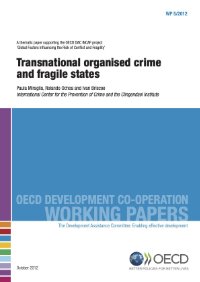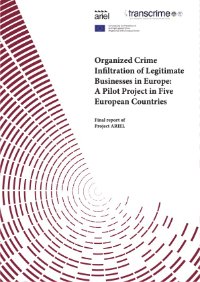By Letizia Paoli
The main aim of this book is to reconstruct the culture, structure, and action of the Sicilian Cosa Nostra and the Calabrian ’Ndrangheta. Not only are these Italy’s most dangerous criminal organizations, but they have also profoundly influenced the mafia phenomenon in North America. It was from the Sicilian Cosa Nostra’s nineteenth-century forerunners that the Italian American mafia developed, as millions of Italian immigrants settled in the United States, most of them coming from southern Italy. Significantly, the largest and most influential Italian American mafia confederation is called Cosa Nostra as well. The Calabrian ’Ndrangheta also has offshoots in the Anglo-Saxon world. In the early twentieth century, ’Ndrangheta groups were established in both Canada and Australia, and these are still active now, maintaining close contacts with their Calabrian counterparts. In order to depict the culture, structure, and action of these organized crime groups, I consulted numerous sources, ranging from criminal cases to parliamentary hearings, from archival and other standard secondary sources to interviews with law enforcement officials, local politicians, and anti-mafia activists. The portrait given in this book, however, relies most heavily on the confessions and testimonies of former mafia members now cooperating with judicial authorities. As my introduction explains, these statements have not been accepted uncritically but have been taken seriously even when they seem to contradict the evil activities in which most mafiosi engage. Cooperating mafia witnesses are, in fact, the most direct source of information about the mafia, describing the mafia world not only from the outside but also—as one defector put it—from within.
Oxford, UK; New York: Oxford University Press, 2003.





















